 Lip plumping has become increasingly popular in recent years.
Lip plumping has become increasingly popular in recent years.
The lips are in such a prominent position that, sometimes, their alteration attracts more attention than a rhinoplasty. Increasingly voluminous lips are a sign of youth and sensuality.
Lips can be perfectly sculpted. A fuller appearance can be achieved, with greater projection or an increase in the lip edge. The area around the lips can be treated as a whole for an optimal appearance. Perioral lines and oral commissures can be perfectly smoothed, as well as the nasolabial folds.
Whether you’ve always had thin lips or want to regain the shape and volume your lips had when you were young, a lip augmentation can help you look the way you want. If you are dissatisfied with your lips, this surgery opens up new possibilities to improve your appearance and self-image.
Before Surgery
The consultation
During the consultation you will have the opportunity to speak with Dr. Amit Verma on the changes he would like to make to his appearance. Dr. Amit Verma will explain the different options available, the procedure and the risks and limitations involved. It will also explain the type of anesthesia needed, where the surgery will be performed, and the costs involved.
It is important that you explain what results you want. You can bring photos to show what you like and don’t like. Ask all questions and clarify all doubts about the surgery. Ask to see photos of recent patients before and after surgery.
Make an informed choice.
The surgery
Injections consist of filling the lip with an injectable substance to create an appearance of greater volume.
Hyaluronic acid and fat are the most widely used injectable substances.
Hyaluronic acid (Restylane, Perlane, Juvederm, Glytone, etc.) is used to temporarily plump the lips. One of the biggest advantages of hyaluronic acid is the fact that it is identical in all living organisms, making it highly biocompatible. Therefore, no skin test is necessary. This product, although part of human skin, is synthetically modified. These products are injected into the lip with fine needles.
Main risks: cases of persistent inflammation and uninfected abscesses have been reported that may persist for some time or until the product is completely reabsorbed.
Results. Appearance improves immediately
The different brands have many similarities, the primary difference is in their consistency: some are viscoelastic gels which makes them better for the treatment of deep wrinkles than superficial ones, where they can be visible and palpable under the skin. Others on the other hand are better for treating superficial wrinkles and lip augmentation.
Silicone
It’s amazing to me that silicone injections are still used to fill in wrinkles or plump up lips. Liquid silicone is authorized for limited ophthalmological uses only and its use for any other purpose has been prohibited for over twenty years.
When talking about silicone, one thinks of breast augmentation and breast implants, which are currently manufactured with high cohesive gel and not with liquid silicone. But there are people, not necessarily doctors, who use liquid silicone, pure or contaminated, to fill wrinkles on the face or increase certain areas.
What the potential for harm is in the body is a highly controversial matter, but there is no doubt that the silicone in the body becomes encapsulated when the body tries to reject it, creating severe and persistent inflammation with great potential to become infected and destroy. surrounding skin tissues. I do not advise anyone to use this product and if you have used it, you should not continue with the process.

The fat
It is also injected with small needles, referred to as fat grafting or microlipoinjection. The first step is to harvest the fat from another area of the body, through liposuction – usually the abdomen or buttocks – and it is processed before being injected into the lips or under the wrinkle to fill in and reshape the area. This injection process is repeated until the desired increase is obtained.
An advantage of this technique is that there is no allergic reaction.
Your body can absorb some percentage of the fat in the first 6 months. The rest stays in place indefinitely. For some unknown reason some people’s bodies just can’t keep the injected fat, even if it’s their own.
The procedure is usually performed more than once until the desired result is obtained.
Harvesting your own body fat and injecting it into your wrinkles to eliminate them or your lips to increase them sounds like the best of all worlds, but fat injections are more complicated processes than other injectables.
The concept of redistributing fat from an area where you don’t want it (like your abdomen or buttocks) to other areas where it might be more useful is very appealing.
Results. The appearance improves immediately. At first the face and lips remain swollen. This swelling goes down over a period of weeks, but it can be a potential problem for the short term.
Main risks: From the injection itself there may be some local swelling, redness and bruising, and unevenness of the skin, there may be a temporary reduction in sensation in the treated area. There is also a risk of asymmetry in appearance.
Local scraps
They bring tissues from the inside of the lip to the outside. An incision can be made inside the mouth to pull the tissue from the inside out to the lip. Or an incision can be made along the upper lip, in which case the skin above the lip is removed and the lip rises.
After Surgery
It will probably return to your house within a few hours.
Immediately the lips swell, and you may feel uncomfortable.
Cold compresses or ice can be used for 48 hours to control swelling.
Cold compresses or ice can be used for 48 hours to control swelling. Most people describe some discomfort in the days following lip augmentation. However, grafts and flaps generally involve more pain during recovery and a longer recovery period than injections. In the latter case, most people return to public activities within a couple of days, bruising and swelling can last for a week.
Avoid exposure to sunlight or extreme cold for the first 1 to 2 weeks.
After a fat graft people wait 1 to 2 weeks before returning to work and may have an unnatural feeling on the lips for 2 to 3 months. It may be necessary to remove points.
Complications
Significant complications from lip augmentation are rare. But as with all surgeries there is always the possibility of infection or reaction to anesthesia. Other complications include swelling, numbness, and hardness of the lip.
To reduce the risk of complications, it is important to follow all instructions you receive from Dr. Amit Verma before and after surgery.
NOTE: these products can also be used to fill wrinkles, depressions, natural or produced by scars, acne sequelae, and correction or enhancement of facial or body contours.
 Sed ut perspiciatis unde omnis iste natus error sit voluptatem accusantium doloremque laudantium, totam rem aperiam, eaque ipsa quae ab illo inventore veritatis et quasi architecto beatae vitae dicta sunt explicabo. Nemo enim ipsam voluptatem quia voluptas sit aspernatur aut odit aut fugit, sed quia consequuntur magni dolores eos qui ratione voluptatem sequi nesciunt. Neque porro quisquam est, qui dolorem ipsum quia dolor sit amet, consectetur, adipisci velit, sed quia non numquam eius modi tempora incidunt ut labore et dolore magnam aliquam quaerat voluptatem.
Sed ut perspiciatis unde omnis iste natus error sit voluptatem accusantium doloremque laudantium, totam rem aperiam, eaque ipsa quae ab illo inventore veritatis et quasi architecto beatae vitae dicta sunt explicabo. Nemo enim ipsam voluptatem quia voluptas sit aspernatur aut odit aut fugit, sed quia consequuntur magni dolores eos qui ratione voluptatem sequi nesciunt. Neque porro quisquam est, qui dolorem ipsum quia dolor sit amet, consectetur, adipisci velit, sed quia non numquam eius modi tempora incidunt ut labore et dolore magnam aliquam quaerat voluptatem.

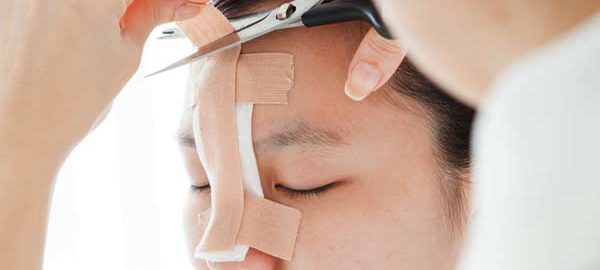
 Dr Amit Verma is the best plastic surgeon for facial trauma / face fracture treatment in Kanpur. He has an expert in maxillofacial surgery.
Dr Amit Verma is the best plastic surgeon for facial trauma / face fracture treatment in Kanpur. He has an expert in maxillofacial surgery.



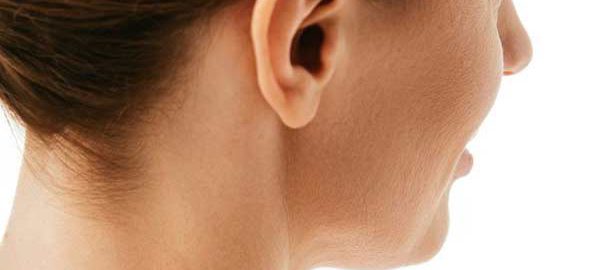


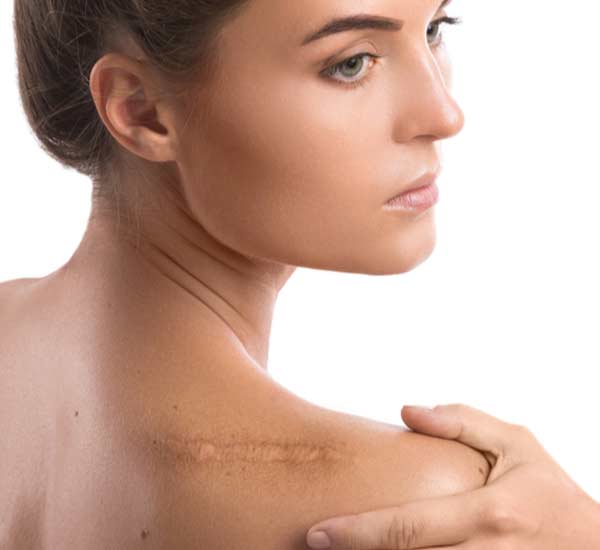 The Scar Treatment in Kanpur
The Scar Treatment in Kanpur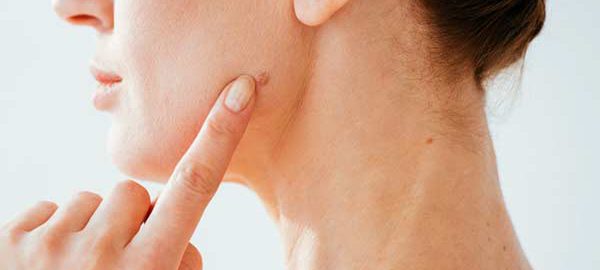
 The mole is a specific group of highly pigmented cells. They usually appear at birth or during the first 20 years of a person’s life. Most moles go unnoticed because of their small size and some studies have found that most of us have between 10 and 40 moles in various parts of our body. They usually appear as dark spots on the legs, torso, arms, and face, but they really can be on any area of the body and in a wide range of shades and colors.
The mole is a specific group of highly pigmented cells. They usually appear at birth or during the first 20 years of a person’s life. Most moles go unnoticed because of their small size and some studies have found that most of us have between 10 and 40 moles in various parts of our body. They usually appear as dark spots on the legs, torso, arms, and face, but they really can be on any area of the body and in a wide range of shades and colors.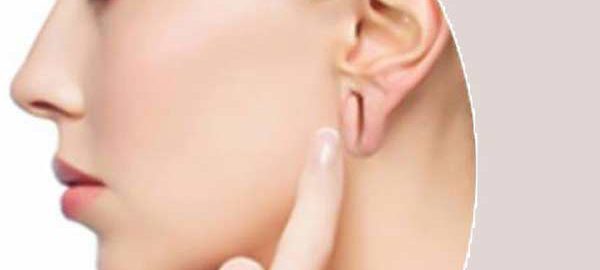
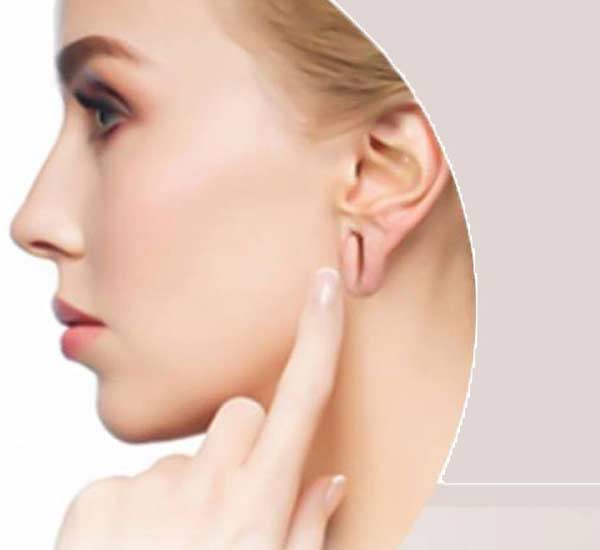 Torn earlobe , bifid lobe, or better known as torn ear, is most often caused by wearing heavy earrings, ear plugs or even by accident.
Torn earlobe , bifid lobe, or better known as torn ear, is most often caused by wearing heavy earrings, ear plugs or even by accident.
 Lip plumping has become increasingly popular in recent years.
Lip plumping has become increasingly popular in recent years.
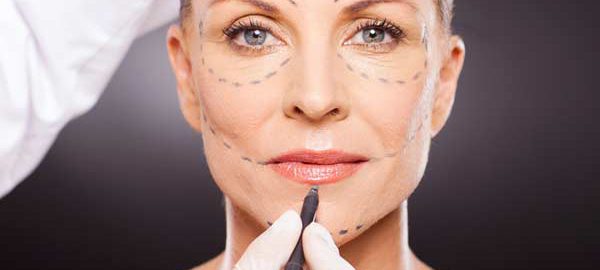

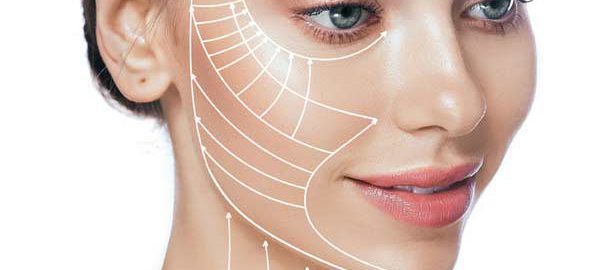
 The facelift is without a doubt one of the most representative and best-known interventions in cosmetic surgery. It is also one of the most gratifying ones that allows to correct the aging effects of the face (and the spirit) of the individual.
The facelift is without a doubt one of the most representative and best-known interventions in cosmetic surgery. It is also one of the most gratifying ones that allows to correct the aging effects of the face (and the spirit) of the individual.
